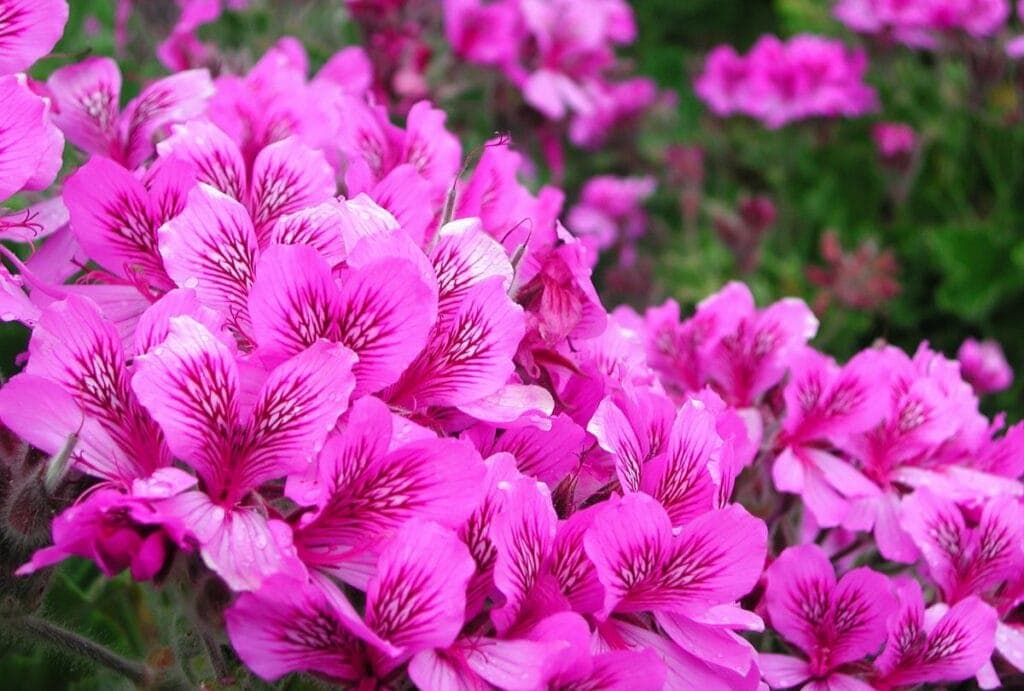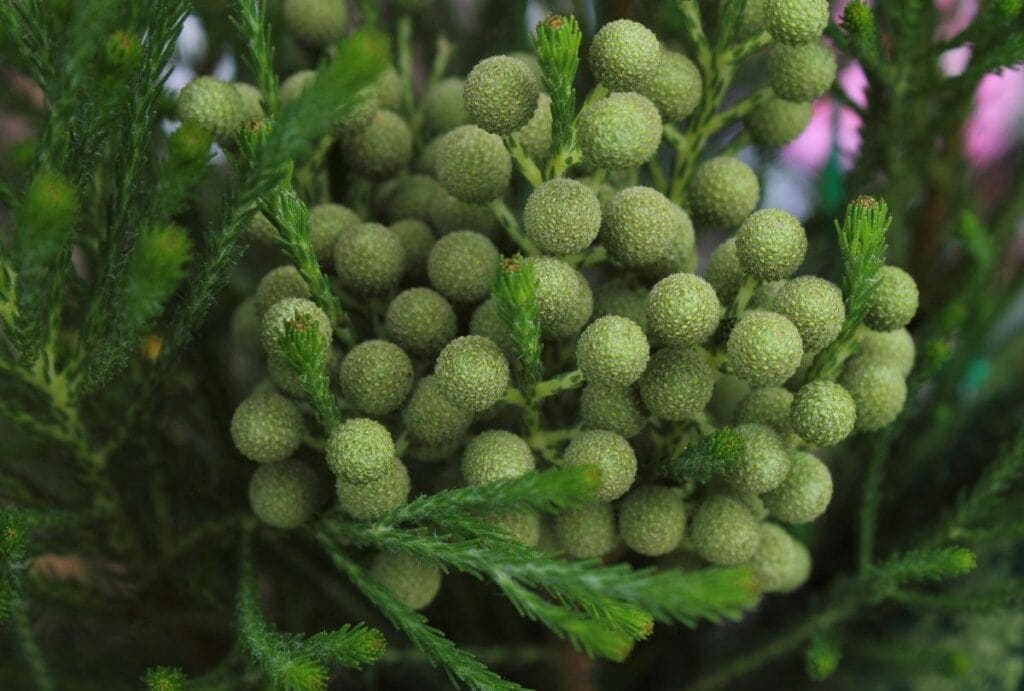South Africa boasts an incredible and unique diversity of plant species, many of which are endemic. Nine biomes contribute to this rich biodiversity.
Some of South Africa’s endemic species include the spectacular bird of paradise flower (Strelitzia reginae), the red disa (Disa uniflora), the cushion restio (Elegia stipularis), the red-hot poker (Kniphofia leucocephala) and South Africa’s national flower, the stunning king protea (Protea cynaroides), to mention just a few.
This staggering botanical wealth makes SA a sought-after destination for botanists, nature lovers, and eco-tourists. Some of SA’s botanical treasure troves, like the Kirstenbosch National Botanical Garden in the Western Cape, are world-renowned.
They draw visitors from all over the world, making SA a hotspot for ecotourism and nature lovers. The country offers visitors many opportunities to explore its plant-rich landscapes through activities like walking safaris and botanical and wildlife safari tours.
Here are five more of South Africa’s fascinating and unique plants:
1. Wild Malva (Pelargonium cucullatum)

The wild malva is a slightly furry, upright, branching, perennial shrub that typically grows to a height of 1- 2 meters or about 3 – 6 feet. It has attractive round to kidney-shaped leaves that are strongly fragrant when crushed.
When flowering, it offers a vivid massed display of pinkish-purple 5-petalled flowers that are attractively streaked. The flowers range from bright pink to light mauve to purple, with even some white varieties. Sunbirds, moths, butterflies, and flies all feed on its nectar. It was traditionally used as a poultice for stings, bruises, and abscesses.
Habitat and Distribution: This tough, widespread plant naturally grows on the sandy granite slopes along the Western Cape, though it is now found throughout South Africa in many gardens.
Interesting Fact: This wild malva was first collected in Africa as early as 1789 and is the ‘parent’ of many modern hybrid pelargoniums found all over the world.
2. Renosterbos or Rhinoceros Bush (Elytropappus rhinocerotis)
The renosterbos or rhinoceros bush is a hardy shrub with a distinctive gnarled appearance. It belongs to the flowering daisy family, or Asteraceae, which is endemic to SA. It’s a characteristic of the unique renosterveld vegetation type of the South-Western Cape.
It has medicinal uses in many traditional African cultures, where it is used to treat indigestion, colds and flu, and stomach ulcers. Nowadays, it’s also infused in brandy or wine for medicinal use. It’s also used to season grilled meats, stews, stir-fries, vegetables, herb butter, stocks, soups, and sauces.
Habitat and Distribution: Commonly found in the drier regions of the Western, Northern, and Eastern Cape and Namibia.
Interesting Fact: It’s believed that its name is derived from the belief that rhinos rub against it to relieve skin irritations!
3. Kammanassie Erica (Erica inordinata)
![]()
A robust, erect erica species that produces gorgeous tubular red flowers. It has dark green foliage, and the sticky flowers appear from September – January.
The stickiness and tubular shape of the flowers suggest that pollination is done by sunbirds with long, narrow beaks or insects with long proboscis. Though classified as rare, this erica isn’t threatened; its rarity is because of its restricted distribution.
Distribution and habitat: The Kammanassie Erica is only found on the upper slopes of the Kammanassie Range in the Karoo, where it thrives in the acid soil of weathered quartzite at an altitude ranging from 900 – 1,500 meters.
Interesting Fact: The Kammanassie erica is a fire-adapted species, and its seeds germinate best after a wildfire.
4. Ebutsini Wild Yam (Dioscorea strydomiana)

Dioscorea strydomiana is a shrub with narrow ovate leaves. Its large, extremely slow-growing tuber is borne above ground, and it has rough skin. The small flowers are borne on separate male and female plants in late spring/early summer. Animals like porcupines, pigs, squirrels, rodents, and korhaans feed on it.
It is intensively harvested for medicinal uses in traditional medicine, and many plants die due to overharvesting. Harvesting destroys the tough, corky outside layer of the tuber, making the tuber vulnerable. The tubers contain alkaloids, steroidal saponins, and possibly anti-inflammatory compounds.
Distribution and habitat: It only occurs in the popular Mpumalanga Province near its border with Eswatini (Swaziland), on the tribal lands of the Ebutsini tribe. The plants grow on dry, scree-covered south-facing slopes.
Interesting Fact: It is described as the world’s most threatened yam and is listed as Critically Endangered on the Red List of South African plants.
5. Coffee-scented Berzelia (Berzelia albiflora)

Also known as the coffee bush or white-flowered brunia, the endemic coffee-scented berzelia is a tall, slender shrub. It bears beautiful, fragrant white flowers in tight, round balls that open up, displaying prominent yellow stamens. The bush can reach from 2 – 3 meters in height.
Its attractive dark green leaves look rather like pine needles but are much softer and covered in delicate hair. The berzelia albiflora isn’t threatened and is listed as least concern. The flowers are rich in nectar and pollen and pollinated by sunbirds, bees, wasps, beetles, and ants.
Distribution and Habitat: It’s endemic to the sought-after Western Cape, where it has an extensive distribution in the Hottentots Holland range. It favors peaty, marshy areas.
Interesting Fact: Its distinct coffee scent is most pronounced in the early morning when it attracts a variety of pollinators.
South Africa’s status as a unique wildlife and botanical destination is cemented by its array of exclusive and diverse plant species. Many plants tell a story of adaptation, survival, and beauty, contributing to the country’s rich ecological tapestry.
Are you looking to experience this remarkable flora for yourself? Contact Discover Africa to let us tailor your next South African vacation or wildlife safari that will offer you an unforgettable journey into the heart of one of the world’s most stunning biodiverse regions!
Author: Adelle Bell
Published:
Last Update:
Part of the South Africa Safari Collection